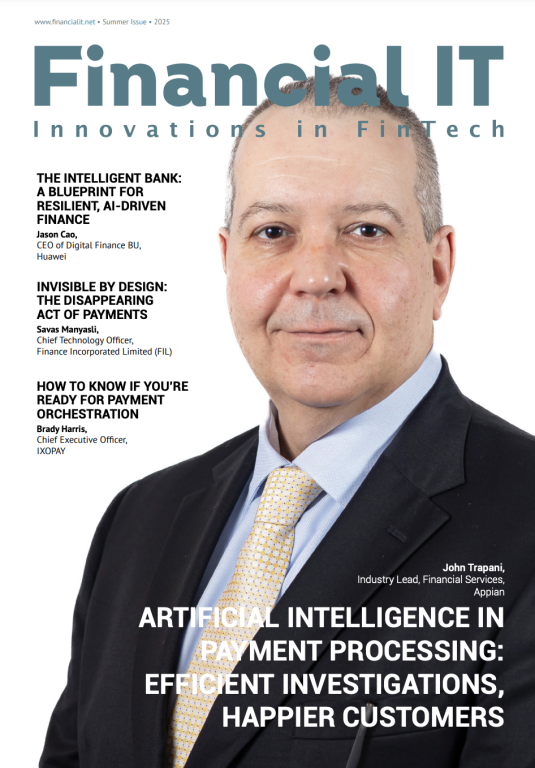Artificial Intelligence: What Tasks Can Self-Learning Systems Really Perform For Finance?

- Olivia Marcey, Product Marketing Manager at BlackLine
- 28.01.2020 04:30 am #ArtificialIntelligence
Go to wherever you listen to your podcasts. Type in “artificial intelligence.” Fall down the rabbit hole.
There’s a ton of hype around AI—some of it sensationalist, some of it dark, and some of it downright terrifying.
But, while podcasters, software creators, journalists, meme-creators, etc., postulate on the potential ramifications—robot takeovers and the like—we hardly ever stop to talk about what a future with AI could look like on a more reasonable scale.
Broadly speaking, artificial intelligence is the application of computer algorithms to task automation, often in a way that mimics how a human might respond to or manage a process. Below is a summary of several subsets of AI that have or may have an impact on Accounting and Finance in the years to come:
- Machine learning: algorithms that have the capability to change (that is, learn) as more data and more outcomes are observed
- Deep learning: algorithms that identify relationships and associations, and apply those in similar circumstances (this is partly what our brain does)
- Machine reasoning: algorithms that develop an “understanding” of data, relationships, rules, etc., to “think” through the implications of a particular set of information and provide some analysis or interpretation
Of these categories, machine learning (ML) has the broadest available applications and is most likely to impact an accountant’s day-to-day. Some vendors/providers will tout the availability of ML technology, but their solutions may be little more than applied automation to repetitive tasks and workflows.
It is important to recognize the difference between automation and ML, so you’re not fooled by overblown claims.
We’re still in the early days of machine learning adoption. Ventana Research’s Dynamic Insights on machine learning shows that only about one-third of participating companies (31%) have been using machine learning in any form for more than two years.
But the experts say it’s time to get moving. A recent Forbes article reported that 90% of the world’s data was created in just the last two years. While we’re good at creating data, we’re not as good at interpreting it at the speed and scale necessary to move the needle for the business.
For this reason, BlackLine has built a team of data scientists and is piloting machine learning automation for high-volume transaction analysis. We call it Intelligent Matching.
By tailoring a model to an organization’s specific data challenges, transaction-level reconciliation can be done at a new scale, delivering many benefits to our customers:
- Instead of spending time searching for anomalies, inaccuracies, and unexplained differences in the transactions and account balances, accounting teams can focus only on the exceptions
- Real-time reporting and dashboards surface data trends and outcomes to help F&A teams only focus on what matters most, by visually highlighting results to facilitate agile analysis
- High-volume, AI/ML-driven automation helps free accountants to spend less time just reporting results and more time serving as a partner to the business
This is just the beginning of our machine learning and AI initiatives. Over the next five years, BlackLine will continue to embed intelligent automation solutions with our cloud platform.
Self-learning systems are incredibly well equipped to surface useful conclusions—or at a minimum, hypotheses—with the help of the nuanced judgment that only we mere humans can provide.
Stay tuned for a brand-new Ventana Research Perspective, The Impact of AI on Finance & Accounting, to read more about the applications of AI and ML for Finance and Accounting, and how to adopt a fast-follower strategy.


























